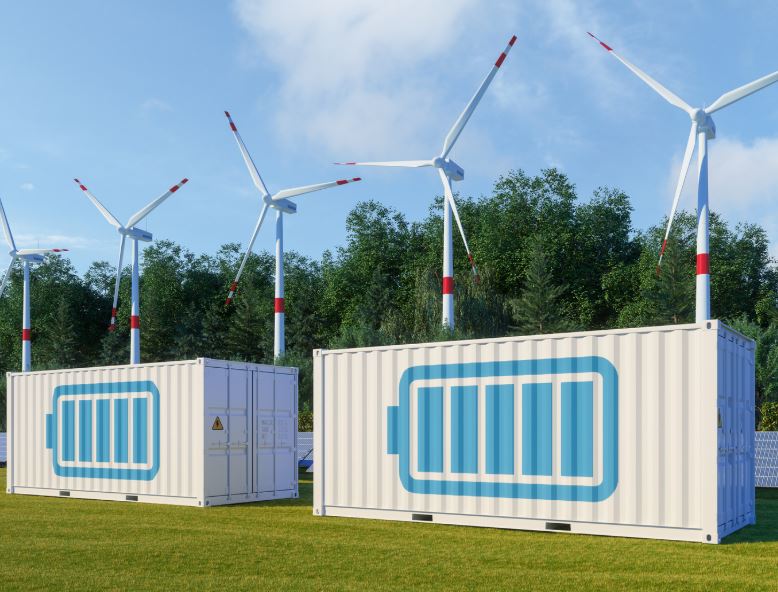The global market for battery energy storage systems (BESS) is projected to reach USD 15.1 billion by 2027, growing at a compound annual growth rate (CAGR) of 25%.
Industry insiders suggest this aggressive growth trajectory is driven by the swift adoption of renewable energy sources, primarily solar and wind, which require effective storage solutions for energy balance and reliability. However, the industry’s expansion is not without its challenges, particularly concerning technological advancements and fiscal sustainability.
Battery storage is increasingly necessary to accommodate the variable output from renewable energy sources. As governments worldwide encourage green energy initiatives, the tender schedule for battery energy storage systems becomes a pivotal component of infrastructure development. Nonetheless, experts caution that optimizing these systems’ performance remains a critical hurdle. Current lithium-ion technology, though prevalent, faces significant sustainability and efficiency issues.
A study has shown that while lithium-ion batteries currently dominate the market, their potential supply constraints and environmental impact necessitate exploring alternative technologies, including solid-state batteries and flow batteries. However, these alternatives need more development to compete favorably concerning cost and scalability.
The sector must address a core issue: the substantial initial capital required for implementing BESS projects. According to recent data, a typical grid-scale battery system costs USD 300 per kilowatt-hour to install. This high upfront cost can deter investments, especially in emerging markets. Governments and financial institutions are advised to devise innovative financing models, such as public-private partnerships and performance-based incentives, to mitigate these costs.
Continuing, another significant challenge involves regulatory and policy frameworks that need to be updated frequently, thereby creating an unpredictable investment climate. This issue is best addressed through international collaboration aimed at standardizing regulations to create more cohesive investment ecosystems.
Finally, the industry faces the ever-present challenge of ensuring the lifecycle management of battery systems, including recycling and disposal concerns. An emphasis on developing comprehensive recycling frameworks will be crucial to minimizing the environmental impact of these systems.
Stay updated on the latest in energy! Follow us on LinkedIn, Facebook, and X for real-time news and insights. Don’t miss out on exclusive interviews and webinars—subscribe to our YouTube channel today! Join our community and be part of the conversation shaping the future of energy.





